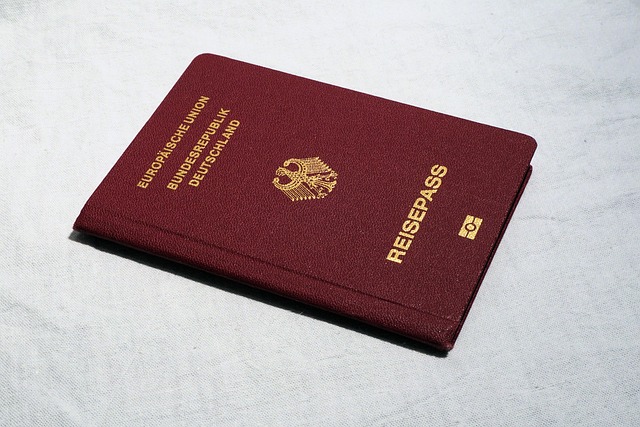Canada immigration: pathways to residency, visas and citizenship
Canada’s immigration system includes several pathways for people who want to live, work, study, or reunite with family. Candidates may enter temporarily through visas and permits or pursue permanent residency, which can later lead to citizenship. Programs are administered by the federal government and provinces; eligibility, required documents, and processing steps vary by category. This article explains core options, common application stages, and where to find local services to support an immigration plan in Canada.

What does immigration to Canada mean?
Immigration to Canada refers to the legal process by which non-citizens move to Canada to settle, work, study, or join family. Programs are designed to address labour market needs, humanitarian obligations, and family reunification. Newcomers can arrive as temporary residents (visitors, students, workers) or as permanent residents who have the right to live and work indefinitely. Understanding whether a program is temporary or leads to permanent residency is an important first step in planning, since pathways and obligations differ between categories.
How is permanent residency granted in Canada?
Permanent residency in Canada is awarded through multiple streams, including economic programs, family sponsorship, and refugee or humanitarian routes. Economic pathways often assess education, work experience, language ability, and adaptability; provinces may nominate candidates based on regional labour needs. Family sponsorship allows eligible residents and citizens to sponsor spouses, partners, or dependent children. The application process typically involves submitting a profile or application, providing identity, police and medical clearances, and attending biometric or interview steps when required. Processing criteria and documentation requirements vary by program and by applicant country.
What visa types are available for Canada?
Visa and permit options cover visitors, study, and work purposes. A temporary resident visa or electronic travel authorization may be needed to enter Canada for a short stay. Study permits allow international students to study at designated institutions and often include work options on or off campus. Work permits include employer-specific permits tied to a job offer and open permits that allow work for multiple employers under certain conditions. Distinguishing between a visa that permits entry and a permit that authorizes work or study is essential; each pathway has its own supporting document checklist and renewal rules.
What are the requirements for Canadian citizenship?
Canadian citizenship generally follows a period of permanent residency and meeting specific residency, language, and knowledge requirements. Applicants must demonstrate physical presence in Canada for a prescribed amount of time, meet tax-filing obligations for certain years, and show adequate knowledge of Canada’s rights, responsibilities, and institutions; applicants of certain ages may also need to meet language benchmarks. Criminal history or unresolved legal issues can affect eligibility. Citizenship applications include identity documents, proof of PR status, and possibly a citizenship test and interview before approval.
How to access immigration local services in Canada?
Local services include settlement agencies, language and job-search programs, credential recognition help, and community organizations that assist newcomers with paperwork and integration. Provincial nominee offices manage regional streams and provide information about local labour needs. For legal or complex matters, look for regulated professionals: members of the immigration bar or accredited immigration consultants. Official government resources and IRCC online tools provide application forms, checklists, and status updates; use these first to confirm requirements and avoid unofficial or misleading advice.
Canada’s immigration system is multi-layered: temporary visas, work and study permits, permanent residency programs, and citizenship each have distinct rules and procedures. Prospective applicants should determine which stream fits their profile, gather required documentation, and use official government sources and reputable local services to prepare complete applications. Staying informed about eligibility criteria and maintaining accurate records during residence in Canada helps support a successful move from temporary status to permanent residency and, ultimately, citizenship.




